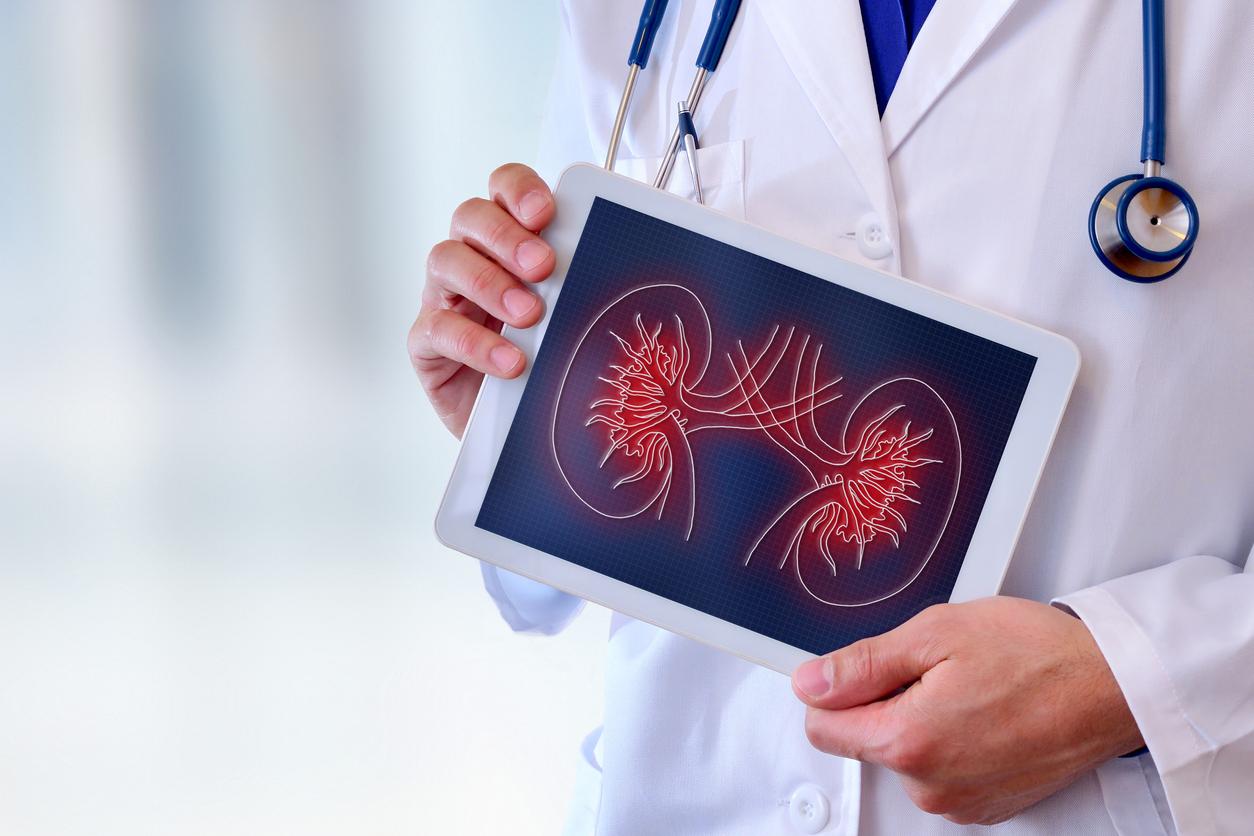Entitled Ediamond, this new device, which is still in the prototype stage, makes it possible to measure the level of glucose in the blood without performing a finger prick.

- A device at the prototype stage is able to capture variations in blood glucose using electromagnetic waves
So millions of diabetic patients are now forced to prick their finger with a glucometer to measure their blood sugar levels, several times a day, researchers from the University of Beirut (Lebanon), come from develop a device that could revolutionize their daily lives and significantly improve their quality of life. His name: Ediamond. Composed of a glove and a dated armband of glucose monitoring sensors, it picks up electromagnetic waves (EM) emitted by the blood.
Operation by electromagnetic waves
How? ‘Or’ What this non-invasive and painless device does it work? As researchers explain in a report by Science Advances, Ediamond is composed of a glove and an armband equipped with sensors able to measure the electromagnetic waves (EM) reflected by the blood. In effect, variation in blood glucose levels results in a variation of the electromagnetic waves: it is then possible to guess with great precision the glycemic concentration in the blood.
At the moment, however, the device is only at the prototype stage. Tested on serum, animal tissues and animal models with diabetes, it is in clinical trials. If the results of the latter are encouraging, they show however that the results issued by Ediamond still need to be refined for optimal use.
It is also still too bulky to be portable and therefore usable on a daily basis by diabetic patients. The researchers are therefore working on a miniaturized vision of the sensors which can then be inserted into jewelry or clothing.
Diabetes is now a public health problem. According to the Institute for Health Surveillance (InVS), diabetes affects nearly 3.3 million people in France, or 5% of the population. The World Health Organization (WHO) predicts that the global incidence of this chronic disease will increase from 171 million currently to 366 million in 2030.

.
















